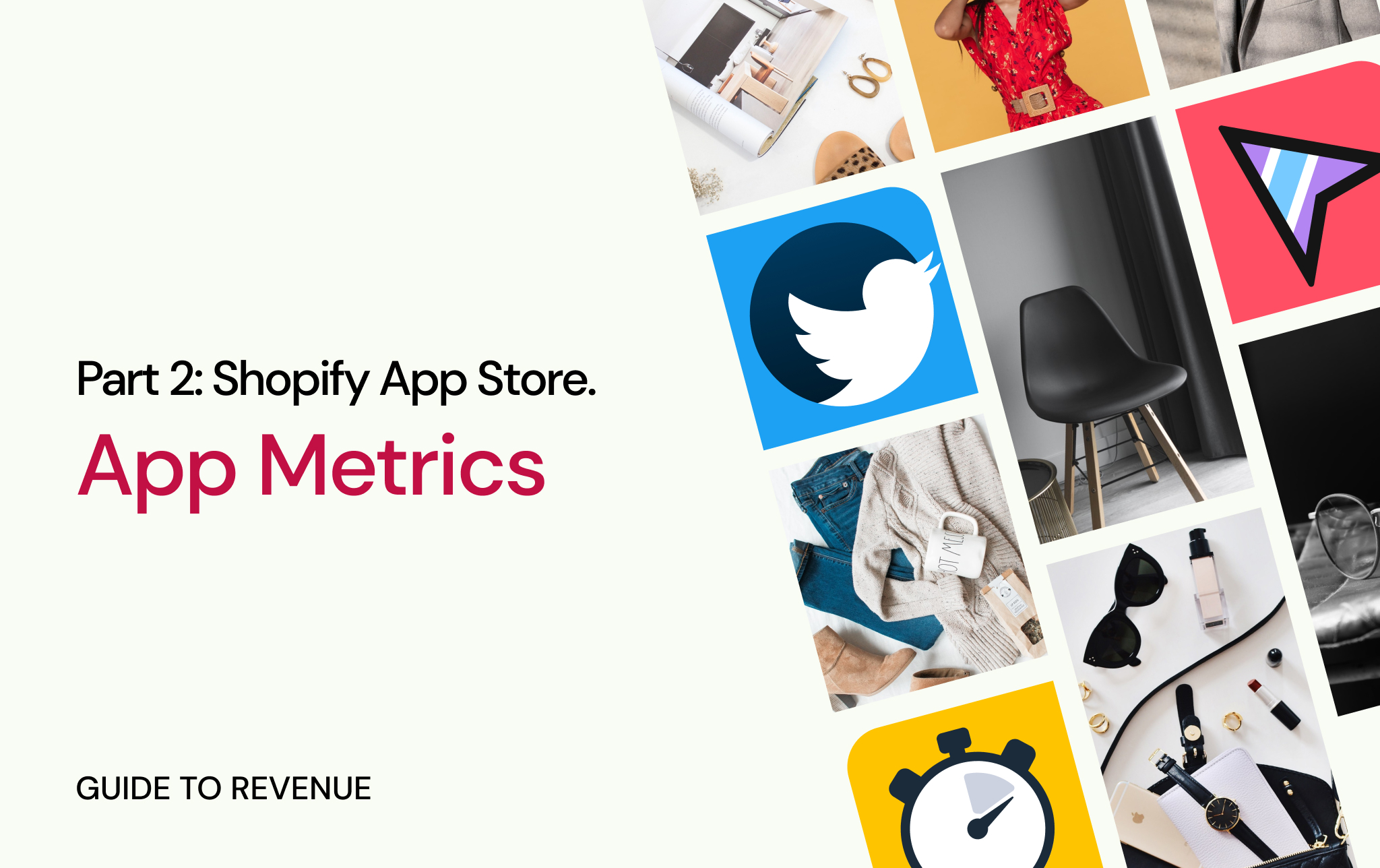
In Part 1, we explained how we “lost” $30k in one year because of the increase in competition.
This article covers Shopify App Metrics that must be monitored and improved if you want to grow. But before we start, please answer the questions below:
- Are you sure that people who click ADD APP on the listing finally install the app?
- Do you know how many merchants confirm usage charges?
- Are you sure that your app is configured by at least 50% of merchants?
- What is the conversion to the first payment? What percentage of users return to the app on the following days?
🔺 If you know the answers to most of these questions, congratulations – you are keeping track of everything. For you, it will be just interesting to know our numbers and compare them with yours. But if you are finding it hard to answer some or all of the questions, then keep reading to understand how to grow and develop your product vision.
Sales Funnel that Matter to Shopify App Developers
Every app has a sales funnel. If at least one of the stages doesn’t work properly – the whole funnel is disrupted. For Shopify Apps the funnel is the following:

- The merchant visits your App Listing
- Clicks on the “Add App” button
- Provides access to manage the store
- Selects the tariff plan
- Confirms usage charge
- Goes through the first setting
- Confirms payment,
- Receives a review request
Some apps may have additional stages, or some of the mentioned stages may not be needed. The task of developers is to work on the metrics at every stage and achieve the highest possible conversions.
Product vs. Growth Metrics
First of all, it’s crucial to divide metrics into product and growth.
Growth metrics answer questions about the current state of the business:
- Is revenue growing or declining?
- How many people use the product?
- How does the active audience behave?
Product metrics characterize the product itself, around which the business is built:
- How well does the product retain users?
- How much money does the average new user make?
- How many users reach a particular stage in the product?
Why is it important to understand the difference between product and growth metrics?
Let’s imagine you are focused on revenue (growth metrics). Every month, based on revenue, you make business decisions. You have a product team, and every month this team implements a new product feature. While the marketing team increases the amount of traffic. Everything looks fine until one day, the revenue drops by 30-40%.
What has happened?
After analyzing the issues, it turned out that after every product update, the payment conversion decreased by 1%. But as the traffic increased every month, the decrease was not reflected in the revenue. When the traffic stopped growing, the revenue decreased. For the year, the conversion fell from 25% to 13%.
🔺 To correctly assess the effectiveness of the implemented feature, it is necessary to focus on product metrics. Not on growth metrics. It is necessary to focus on the metric that characterizes the new feature and its influence on other product metrics.
For example, we introduced onboarding: which means we compare the conversion to the first setting and the conversion to the first payment. If implemented, after the first drop by 1%, the team would realize that something is wrong and would work to fix the issue.
A new feature should lead to an increase in revenue. The main thing here is to evaluate it correctly – according to product metrics.
Key metrics to track
- Churn Rate 1 day – 30 day – 90 day
Churn rate is the percentage of merchants who uninstall your app over a set timeframe. The most important metric is how many users delete your app on Day 1, since the first day has the largest churn rate compared to any other day.
- Good apps have a 20-25% churn on the first day.
- Apps in which it is difficult to address all the client needs may have 40-45%.
- Apps that have a churn rate of 60-65-70% should be redeveloped or updated.
The churn from the app on Days 30, 60, 90, etc., is also important. This metric will show you the problems or the success of using the app in the long term.
- Converting to the first settings
This metric shows that your UX flow was implemented correctly and to what extent the merchants’ expectations were met. The higher the conversion to the first setting, the lower the Day 1 churn rate, which will increase your app’s position in the App Store and bring more traffic. Do you see the connection? All metrics here work in conjunction.
- First conversion to pay.
- The biggest impact on revenue is the first payment. If your churn rate is 60-70% and 30% of users set up the app, your payment conversion rate will be 2-5%. To have a high conversion rate, you need the previous stages of the funnel to work effectively.
- The number of support requests processed.
- If you provide timely support, the end-users see you as a professional. This will bring you positive reviews, merchants, trust, and as a result, an increase in the average profit each merchant brings you.
- LTV
- Shows how much one paying customer can bring you for the entire period of using the app (or for a certain period). Also, you can track the capacity of the market with LTV. For example, your X app has an average customer lifetime of 4-5 months, while the Y app has 12-15 months. And that’s ok.
These are not all the metrics I track, but they are the most vital. Without these metrics, you won’t be able to effectively track your app’s performance. Next time, we’ll share our thoughts on strategic thinking and product workflow.